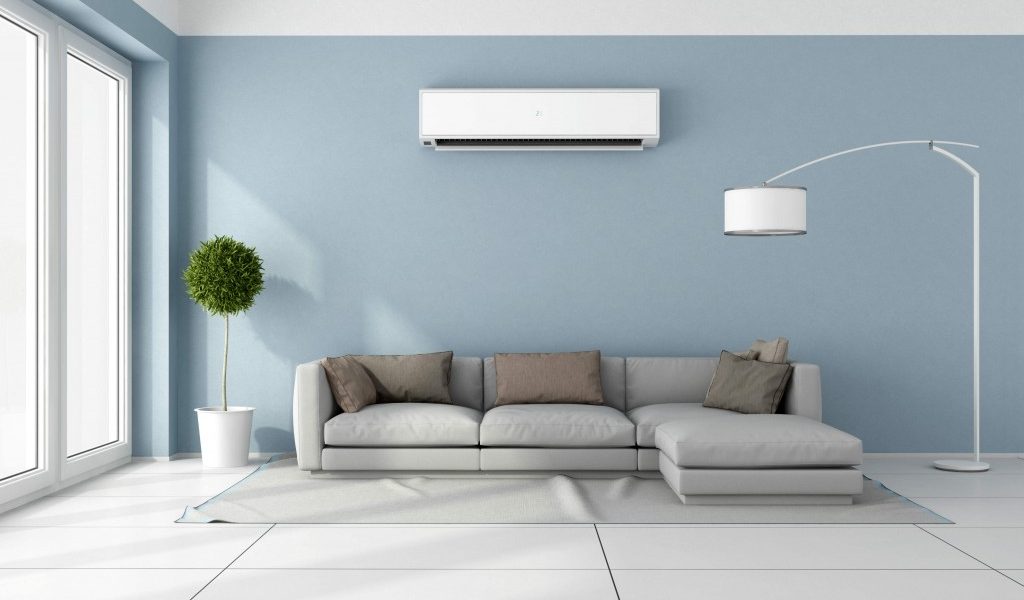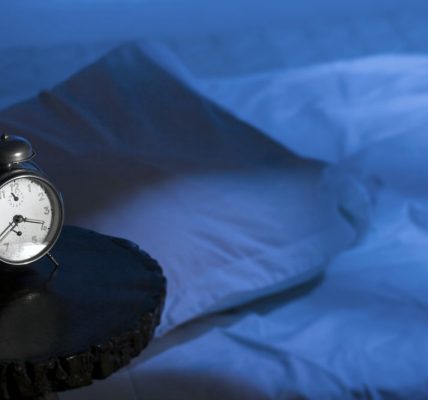Nothing beats coming home to your chilly, cool room on a humid summer day. The idea of going home, crashing on the couch, blasting the AC, and watching Netflix motivates many of us to get through a long day. However, in our pursuit of comfort, we may be neglecting something more important—our health. AC units are very common today in both public and private places and are considered a necessary luxury. However, prolonged use of these units may cause irrevocable damage to our health.
The most ostensible of these damages has to do with your hair and skin. Air conditioning causes a room to be very dry, and this climate negatively impacts on your hair and skin, which begin to lose moisture. Prolonged dryness can permanently ruin the inner layers of your skin, causing it to shrivel and wrinkle. Your hair begins to turn brittle at the same time, and there is an increased amount of split-ends, making your hair visually unappealing. These negative effects are augmented by the fact that when the air conditioning is on, it generally means that there is a relatively large difference between the inside and outside temperatures. Transitioning between these two extremes causes an even faster drying of the skin and hair and even more pronounced effects.
There may be additional problems associated with AC. As one comprehensive study on this issue details:
“Occupants of office buildings with air conditioning (AC) systems… consistently report, on average, more symptoms in their buildings than do occupants of buildings with natural ventilation. This has been the finding in individual studies from many studies over the last 20 years, and in three reviews. The symptoms in these studies have included mucous membrane irritation, breathing difficulties, irritated skin, and constitutional/neurological symptoms such as headache and fatigue.”
This aptly summarizes findings that show the negative effects of AC systems have on health in the long run.
One possible explanation for this problem is that AC systems cause contaminants from the buildup of moisture in the air and mold in the vents to be constantly cycled throughout the building. This circulation increases the prevalence of asthma among those exposed to this air. An expanded form of this theory suggests that wet surfaces in AC systems such as the cooling coils and drip pans encourage the growth of bacteria and mold, which are then circulated throughout the building and enter the inhabitants’ body.
In addition to these, people are also more likely to contract colds and respiratory diseases when the temperature of the air conditioning is set too low. The recommended temperature difference between a room and the outer environment is 7°C. However, in many instances, this difference is significantly greater.
The most common infection is known as Legionnaires’ disease, which is bacterial in origin and causes a lung infection that can lead to pneumonia. It is caused by bacteria known as Legionella pneumophila, which is generally found in water systems and thrives in low-temperature conditions. As a result, the continuously cold and moist surfaces of AC systems such as the drip pans and cooling coils mentioned above are prime areas for this bacterium to grow. It initially causes flu-like symptoms and can eventually lead to a host of other symptoms such as chest pain, shortness of breath, diarrhea, and even hallucinations. On average, about 75% of the AC ducts in hotels was found to house the bacteria. This strongly suggests that AC system hygiene is a major problem both in public areas as well as personal homes that have similar cooling systems.
So the next time you find yourself reaching for the AC control, think about whether the comfort is worth the price of having mold and bacteria circulating throughout your body. If you still find that using an AC system is necessary, be sure to run frequent checkups of the ducts to ensure that there is no bacteria growth and that the circulating air is clean and fresh. Also, minimize the difference between the inner and outer temperatures to decrease the strain your body feels when transitioning between the two. And if possible, try alternate methods such as a fan or shade because at the end of the day, comfort should be superseded by health!
Article by Nithya Lingampalli
Feature Image Source: Air Conditioning Advising Centre
























